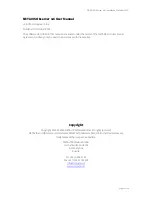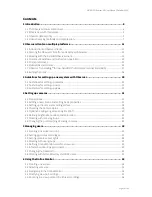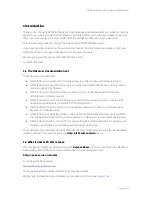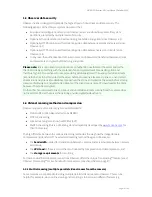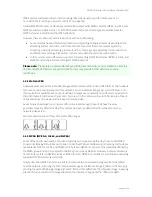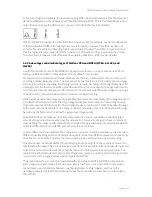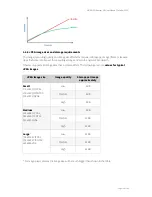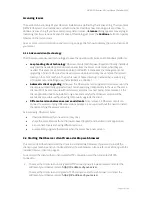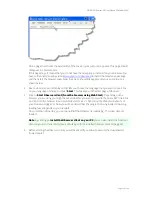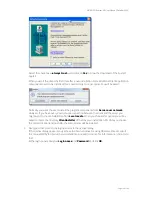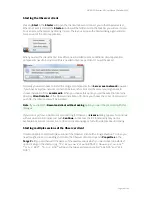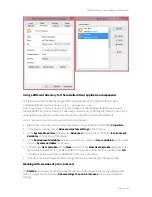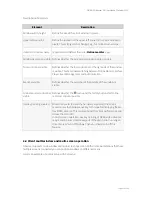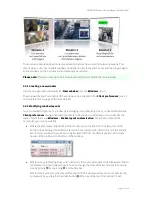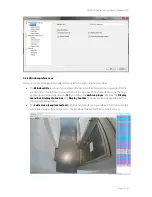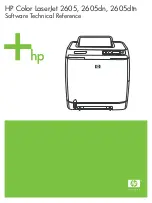
NETAVIS Observer 4.6 User Manual (October 2015)
Page 9 of 204
At the cost of higher complexity, the result of applying MPEG video compression is that the amount of
data transmitted across the network is less than that of Motion JPEG. This is illustrated below where
only information about the differences in the second and third frames is transmitted
H.264 and MxPEG all work very similar to MPEG-4 whereby H.264, for example, needs only about 60%
of the bandwidth of MPEG-4 for roughly the same video quality. However, this efficiency does not
come for free. Encoding and decoding H.264 needs more CPU power than MPEG-4. A general rule is
that the higher the compression factor the heavier the CPU burden (in the server and in the clients).
Therefore there is always a tradeoff between bandwidth utilization and CPU power needed.
1.4.4 Advantages and disadvantages of Motion JPEG and MPEG (MPEG-4, H.264, and
MxPEG)
Due to its simplicity, Motion JPEG (MJPEG) is a good choice for use in many applications. JPEG is a
widely available standard in many systems often by default. It is a simple
compression/decompression technique, which means the cost, in both system time and money, for
encoding and decoding is kept low. The time aspect means that there is limited delay between image
capturing in a camera, encoding, transferring over the network, decoding, and finally displaying at the
viewing station. In other words, MJPEG provides low latency due to its simplicity (image compression
and complete individual images), and for this reason it is also well suited for when image processing is
to be performed, for example video motion detection or object tracking.
MJPEG gives a guaranteed image quality regardless of movement or complexity of the image scenes. It
still offers the flexibility to select either high image quality (low compression) or lower image quality
(high compression) with the benefit of lower image file sizes, thus lower bit-rate and bandwidth usage.
At the same time the frame rate can be easily controlled, providing a means to limit bandwidth usage
by reducing the frame rate, but still with a guaranteed image quality.
Since MJPEG does not make use of a video compression technique, it generates a relatively large
amount of image data that is sent across the network. For this reason, at a given image compression
level (defining the image quality of the I-frame and JPEG image respectively), the network bandwidth
is less for MPEG compared to MJPEG, except at very low frame rates.
Another difference is that most MJPEG IP cameras can produce multiple simultaneous streams and in
different qualities (image sizes and compression quality) while most MPEG cameras can produce only
one stream in one quality. Therefore the same stream will be used in live viewing and recording.
This summarizes the benefit of MPEG: the ability to give a relatively high image quality at a lower bit-
rate (bandwidth usage). This can be especially important if the available network bandwidth is limited,
or if video is to be stored (recorded) at a high frame rate and there are storage space restraints. The
lower bandwidth demands come at the cost of higher complexity in encoding and decoding, which in
turn contributes to a higher latency when compared to MJPEG.
The graph below shows in principle how bandwidth use between MJPEG and MPEG compares at a
given image scene with motion. As can be seen, at very low frame rates, where MPEG compression
cannot make use of similarities between neighboring frames to a high degree, and due to the
overhead generated by the MPEG streaming format, the bandwidth consumption is actually higher
than MJPEG.


